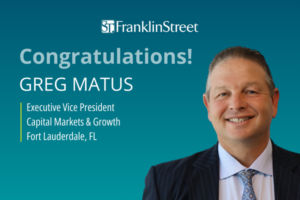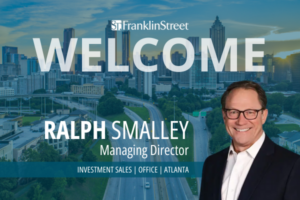Why buy when you can rent?
A generation ago and for countless generations before, such a statement would have been blasphemy. Parents and their forebears encouraged progeny to, above all else, buy their homes. Real Estate is the best investment, they’d say.
Now, retirees, boomers, millennials and college grads alike are laying down first, last and security deposits on rental apartments. People are changing their point of view on where to live – and that changing perspective is altering the residential landscape.
Nationwide, after a slowdown with the Great Recession, housing starts are back up – with rentals fueling much of the traffic. In April, housing start hit 1.07 million units, Multifamily Executive notes. Starts among single-family homes rose less than 1 percent, but multifamily jumped to 424,000 units, or a 39.6 percent hike in total housing starts, the online publication noted.
“This is the most popular construction segment for new product now,” said Jack McCabe, CEO with McCabe Research & Consulting LLC, a real estate research and consulting firm in Deerfield Beach. “Nationally, they’re far more popular than condos, and they reflect a paradigm shift in the homeowner-to-renter ration.”
The future is bright, too. Multifamily developers pulled some 453,000 permits in April, up almost 22 percent from March – numbers not seen since January 1990 and June 2008, Multifamily Executive reported, with statistics from Raymond James & Associates.
In South Florida, apartment development ranges from newly built high-rise and garden apartments to rehabbed existing developments and condominiums being rented out to create a revenue stream for their owners.
These aren’t blue-collar haunts. The latest developments define “luxury.” They have granite, high-end appliances and crown molding. Some offer state-of-the-art fitness centers and other luxury amenities. Some even have charging stations for hybrid or electric vehicles. And they’re serving the New Urbanism mindset of a downtown live, work, play attraction. Some are getting upward of $2 a square foot in rental rates.
‘More buyers than deals’
The numbers translate to an apartment sector that is “extremely healthy” across the tri-county area, said Deme Mekras, regional managing partner with Franklin Street. The full-service real estate firm brokers multifamily and rental developments.
“There are a lot more buyers than deals to put them in today,” he said. “Despite that known advantage, there’s still more than ample people willing to buy.”
But is the apartment run-up a ruse to get financing? With condominium financing remaining stringent and deposit requirements high, some suspect apartment developers are getting rental projects financed, with a plan to do a condo exit later.
Some fear an overheated bubble. Others believe the more than 200 condominium towers being planned or under construction will lead to even more over-supply of rental properties. This could stymie consumer spending and affect a broad swath of the economy. Contractors and developers also note the rising cost of building matrials is crimping on profit margins.
Not surprisingly, local developers contacted remained bullish on future prospects. South Florida has a robust and growing economy; meaning ample jobs and income to keep demand growing. Meanwhile, downtown pockets across the region – from Coral Gables and Brickell Avenue to Fort Lauderdale and West Palm Beach – are drawing baby boomers downsizing their square footage and mortgage commitments from single family homes, millennials eschewing the suburbs for the downtown lifestyle, and college grads similarly looking for more from life than home away from the action.
Sensing renter interest, developers and their investors are buying up infill parcels to build mid- and high-rise developments to serve the market.
Owner-to-renter numbers bear out a shifting South Florida market, McCabe said. In 2006, at the height of the real estate boom, 71 percent of residences nationwide were owner-occupied. By 2014, the number had dropped to 63 percent, he said, while in South Florida, the number is closer to 61 percent.
Whether they rent by choice or because they lost their homes and can’t afford or qualify for the finances of purchasing, people are electing to rent, he said. Besides, the new ethos – along with “why buy?” – is: Who wants the hassle of homeownership?
“A lot of people don’t want to be bothered with responsibilities and costs, and lack of mobility that comes with home ownership,” McCabe said. “They prefer to rent, even though they may be able to buy.” Download PDF



